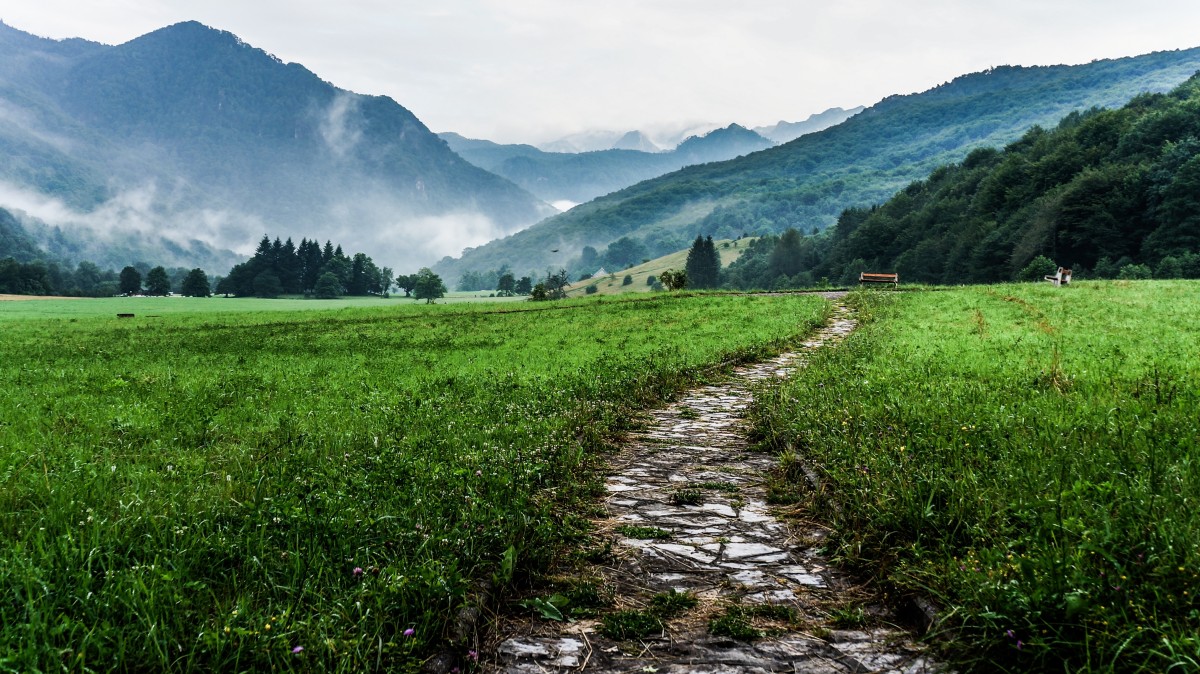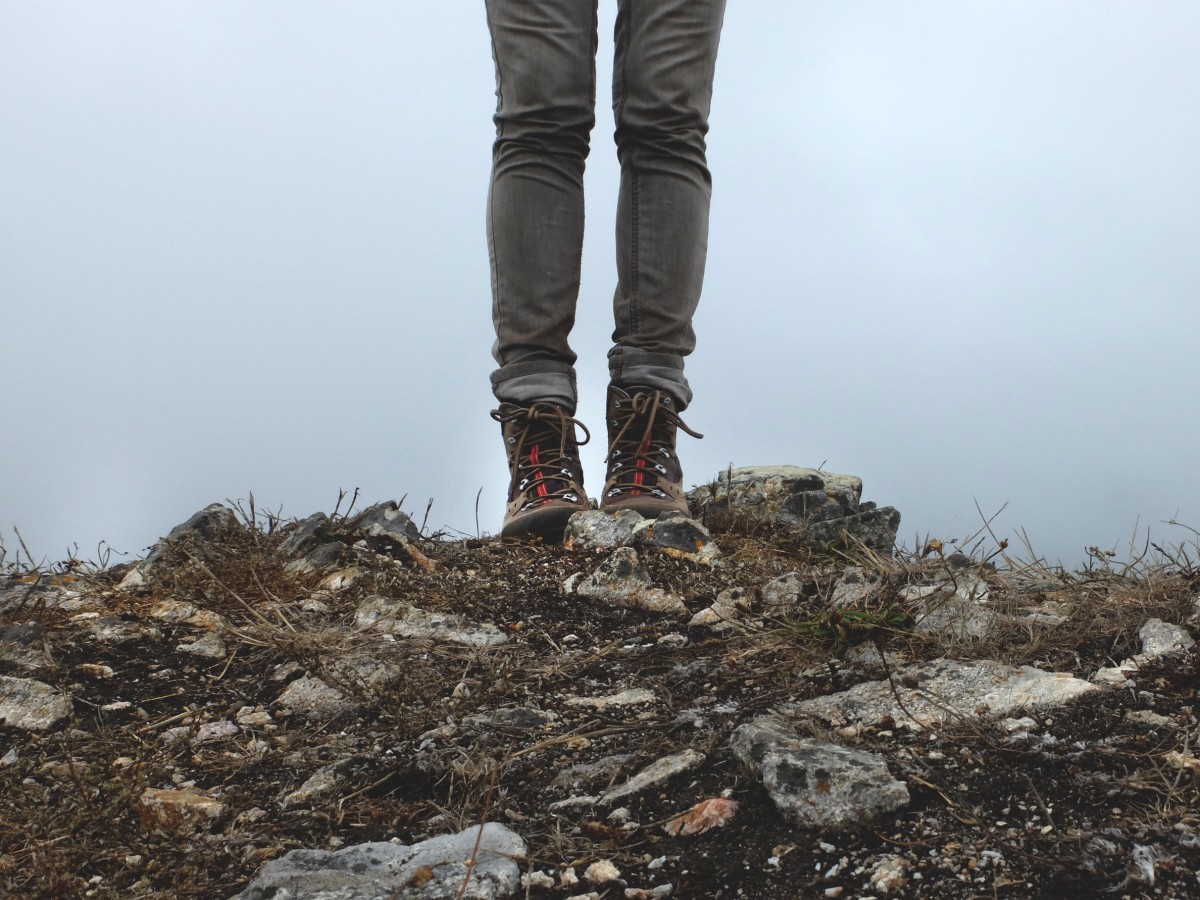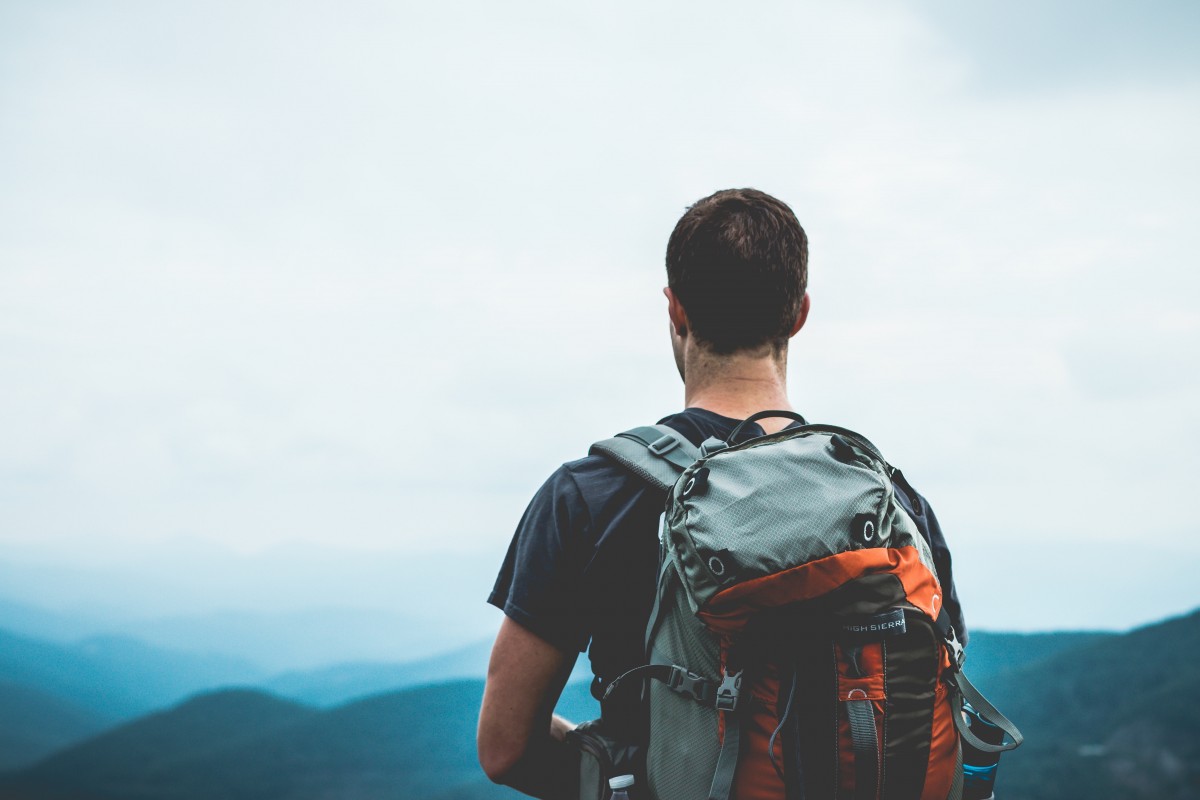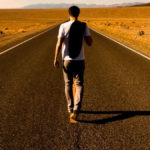For many people the Santiago Pilgrimage is an item at the top of the wish list of experiences to have at least once in a lifetime!
The basic aspect we often forget, though the Santiago route is a real challenge on the physical and spiritual level, is that everybody can make this dream come true. This is shown by the fact that over 200,000 pilgrims do this every year, achieving their goal.
The route, apart from some points, is not especially challenging; there are a lot of places to stop and the “backpack transport” service on the road may further help people counter fatigue and demotivation.
While the route can be easily planned from home, the road may turn out to be too difficult, so you can always change plans and adjust your expectations to what you can actually do physically. It is not a competition. On the country, on a pilgrimage we get to know ourselves better, facing limitations and fears, and accepting them. Nobody is judging us, and tolerance and hospitality are the keywords of this wonderful experience.

A long walk consists of small steps and strong determination, and never forget that our feet do what our mind orders. There are many different itineraries, phases and kilometres to cover and different levels of difficulty. The route can be followed by walking, bicycle and even on horseback. In other words, if you are determined to go on til the end, overcoming doubts and some physical difficulties, nothing can prevent you from achieving this dream.
In the summer, the best season to take the route, there is more availability of hostels and refreshment places. It is best to walk early in the morning, rest during the hottest time of day and then resume in the late afternoon. Never forget a good ration of water, more precious than anything else in you backpack!
After Jerusalem and Rome, Santiago de Compostela is considered to be the third holiest city of Christianity. Its importance grew during the Middle Ages, when pilgrimages there were highly important, and have continued up to our time, now becoming a worldwide phenomenon.

What are the itineraries of the Santiago pilgrimage route?
There is something for all tastes and for everybody! In past centuries, the journey on foot started outside of your doorstep and ended at the Sanctuary of Santiago.
Today we have various options, but always remember that the length of the path and the time they take are indicative. There is no single version of the itineraries, since the human factor is always involved!
These are the main pilgrimage routes:
– The Portuguese Route. In general this means starting from Lisbon (or alternatively from Oporto), to get to Santiago. This route is about 630 km long, with lots of signs and refreshment points.
– The Via de la Plata. This follows the ancient Roman rode connecting Astorga with Merida. We start from Seville and arrive at Santiago after about 1.,000 km. This is one of the quietest routes, passing through wonderful countryside; it is also the only one recommended for travellers using bicycles.
– The English Route. This goes through Galicia, starting from La Coruña and arriving at Santiago after about 120 km. This itinerary is suitable for everyone, and can be completed in less than a week.
– The Northern Santiago Route. This route starts at Irùn, on the border between France and Spain and mainly goes along the coast. It is one of the most fascinating routes with regard to the landscapes, though with less artistic interest. It is about 850 km long.
– The Old Santiago Route. The oldest route, starting from Oviedo and arriving at Compostela through the mountain landscapes of Asturias and Galicia. It is 321 km long and has charming trails through forests. It is more difficult with respect to other itineraries, due to the continuous slopes along the way.
– The French Santiago Route. The is undoubtedly the best known and busiest route, starting at the French Pyrenees. It is about 775 km long and involves a journey of about a month, crossing Navarre and north-central Spain. The route offers a wide choice of inns, refreshment points and hostels.
Whatever the itinerary chosen, walking along the pilgrim route means coming across wonderful and varied landscapes: isolated monasteries, legendary cathedrals, rugged highlands or endless coastal panoramas.
This also means meeting people of all nationalities, without any concern for their appearance, equipped only with their backpack and their stubbornness. Many take this journey alone, and however hard it may be to understand, this contains the very essence of pilgrimage: feeling like an anonymous traveller, without any mask or prejudices, appearing to the world as defenceless yet confident. Giving ourselves over to a new brotherhood of interacting with all those we meet on the road is what makes this route unique; because pilgrimage also means new friendships, that may last a few miles or the rest of our life.
Feeling safe even in the most complete isolation, taking unknown paths that lead to a certain destination, being welcomed by benevolent smiles at every stop for refreshment. The most fascinating aspect of pilgrimage is this almost total detachment from modern processes, overwhelming and sometimes alienating, to return to a dimension that is definitely more simple but also human and friendly.
Listening to the silence and expressing your own spirituality can be more of a challenge than a boil on your foot, the burning sun or physical tiredness. Getting over addiction to your cell phone, leaving it in the pocket of your backpack and only turning it on during pauses. Taking fewer photos and enjoying the landscape without distractions, since the mind is the album for mementoes that you can take with you. Having a notepad and a pen, perhaps…and rediscovering the pleasure of keeping a travel diary not based on multimedia. Jotting down your thoughts, drawing a panorama, taking a few steps back in time and going forward slowly.
Are you ready to leave that chaotic world that is dumbing you down, and go back to essentials? This is the real challenge. Because each pilgrim who has completed the route is somehow changed, and then returns to their ordinary life with new awareness.


